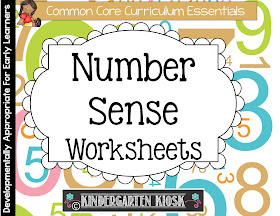Immersing your students in the alphabet is a great way to work on letter or sound recognition. Engage your students with alphabet songs, chants, and books. Play alphabet games and review letters with flashcards every day. Trace and write letters of the alphabet every week. Form letters with commercial or homemade handwriting sticks and use other manipulatives for hands-on practice with letters. Address the alphabet in a variety of ways to keep students interested and involved.
If you’re looking for a high-interest manipulative for hands-on alphabet practice, check out Alpha-Bots (available at Lakeshore).
These alphabet transformers are popular with girls and boys of all ages. Try using them in the following ways:
- Have students choose a letter to name or write, and then transform.
- Place them around the room for an Alphabet Hunt - when the student finds a letter, he/she writes the letter, then transforms it into a robot. The next student can transform it back into a letter, and then write that letter.
- Let one student quietly transform the Alpha-Bots while waiting to be the next student that you assess.
Continue the list with ideas of your own. Alpha-Bots are versatile and can be used independently or with a volunteer helper.
Learning the alphabet helps develop a foundation for reading. The key to success is surrounding your students with the alphabet using a variety of approaches. For more ideas and supporting materials, check out the following products:
































